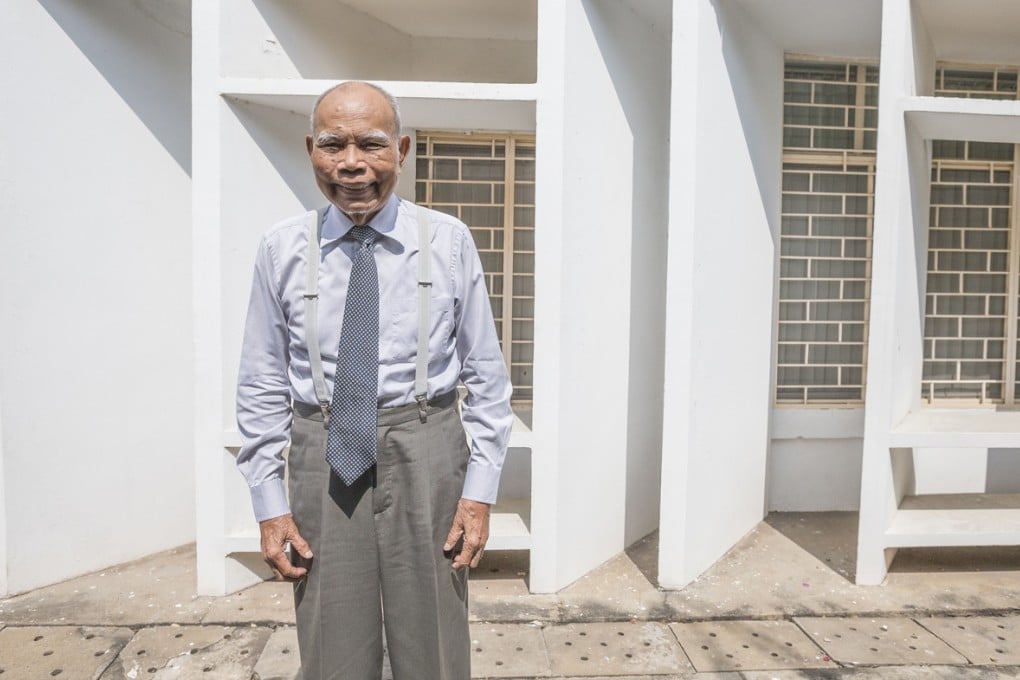Vann Molyvann: the unsung hero of Phnom Penh architecture
Little known among his countrymen, the Cambodian architect's imprints on Phnom Penh are nevertheless iconic. His buildings mostly survived the Khmer Rouge but are now at risk from chaotic town planning, corruption and greed, writes David Eimer

There's no mistaking Vann Molyvann's house. Partially hidden behind high steel gates, like most residences in the Cambodian capital, Phnom Penh, his concrete and red brick home supports a soaring, pagoda-like roof. It's a typical Vann Molyvann touch; testimony to the unique ability of Southeast Asia's greatest living architect to fuse European modernism with traditional Khmer design in an apparently seamless style.
Built in 1966, the house, on Mao Tse-tung Boulevard, stands in defiance of the homogenous box-like buildings that increasingly surround it. As investment from China and South Korea floods into booming Cambodia, the centre of the capital is changing rapidly, apartment and office blocks being thrown up in seemingly random fashion.
Phnom Penh is renowned for its beguiling blend of architecture: some of the most stunning modernist buildings anywhere in Asia and handsome French colonial structures. Now, rapacious real-estate companies in league with the ruling Cambodian People's Party (CPP) are demolishing much of that past as they take advantage of rising land prices.
"I don't think the CPP care about or respect architecture. They don't care about the French colonial heritage or my work or that of my contemporaries," says Vann Molyvann, a tall, frail 87-year-old, who nevertheless remains dapper, dressed in an all-grey ensemble of trousers, shirt and tie. "The government could do something to preserve the buildings. They work very closely with the property developers and could tell them. But they're only interested in selling the land."

"I spend all my time thinking about how I'd manage the planning of Phnom Penh. I don't have anything else to do," he says, with a smile.
Watching the transformation of the city is particularly painful for Vann Molyvann. Not only was he Cambodia's chief town planner in the late 1950s and 60s, he was also the kingdom's state architect, and thus responsible for many of the buildings that are being torn down to make way for the steel and glass skyscrapers.